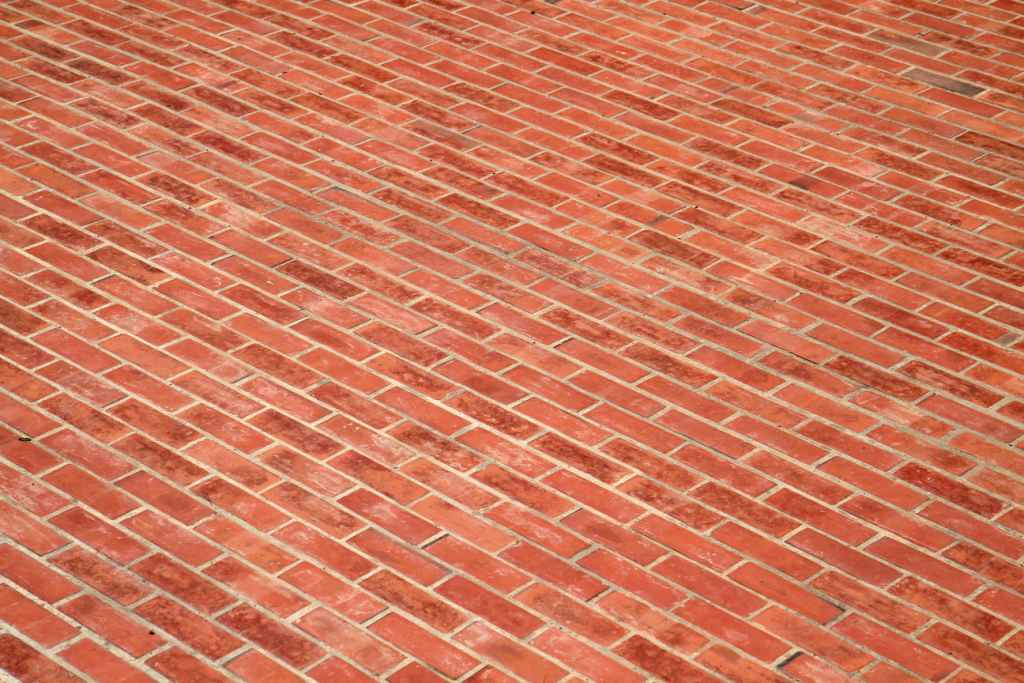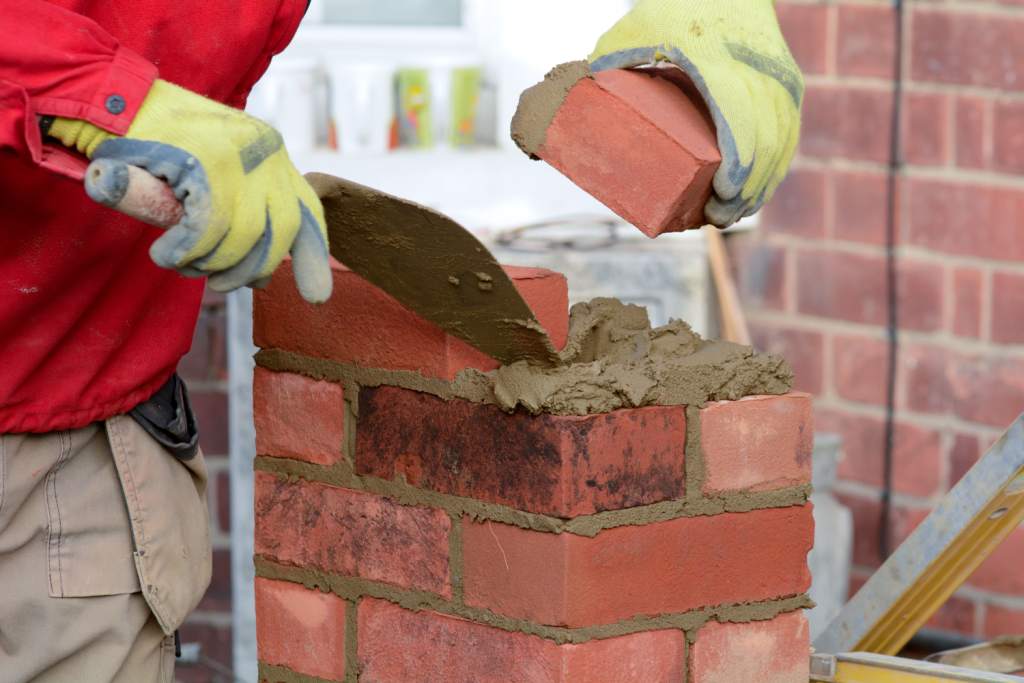When you are buying or constructing your house, you will need 100+ building materials. You have to choose those materials wisely taking into consideration its cost and quality at the same time. Now, this thing gets bit tedious and time consuming if you are not well aware of the rates as well as complete information of that product(material). Material buying guide plays the role of rescuer here, saving your time and helps you with the best material to meet your needs. We have already discussed general material buying guide and here we have provided easy to understand tips to buy bricks, particularly red masonry bricks.

Brick is the simplest and most ancient of all building materials. It is a very popular building material used in the construction of residential and commercial buildings. Brick is basically used in the construction of brick walls. It is also used in flooring, partition wall, retaining walls, etc. Bricks are used as per its different colours, sizes and orientations to get different surface designs. As an aesthetic material, bricks can be used as facing bricks, cladding, architectural purposes known exposed brickwork. For exposed work, you need good and evenly sized bricks. It is easy to handle and more durable. In market, bricks are available as a number of bricks. A 10 tonne middle size truck can carry around 3000 no. of bricks of standard size.
Brick’s colour, shape, size and texture will influence the overall look and feel of your house, so make sure you buy bricks that suits the design of your home. Once installed,it will last for a long time.
Here we have given a step wise break down that will guide you to buy bricks.
(A) Personnel
01. Where to Use the Brick?

Brick Flooring

Basically, bricks are used in masonry works like construction of walls in the house. Apart from masonry works it can be used as flooring of courtyard.
There exists wide variety of bricks in different colours, shapes and sizes. Now which brick to use where depends on the purpose it is used for.
(a) First Class Bricks – Exposed Brick Work: Exterior Walls, facing bricks, cladding, architectural purposes
- First Class Bricks has standard brick dimensions (19 x 9 x 9cm) with sharp edges, evenly burnt and free from efflorescence (salt deposits)
(b) Second Class Bricks – Interior walls, and exterior walls with plastering
- Second class Bricks has allowance of slight irregularities in size, shape and colour.
(c) Third Class Bricks – Temporary Structures in the strictly dry area
- Third class bricks are not fully burnt bricks with reddish yellow colour with irregularities in shapes and sizes.
(d) Fourth Class Bricks – Aggregate in concrete
- Fourth Class Bricks are the scrape ones, that are over burnt and brittle. They can be used in broken form as an aggregate in concrete.
Also Read: What is Brick Flooring?
02. Quality of Bricks and Specification:
Once you finalize the purpose of brick i.e. whether you want for exterior works or interior or flooring or any other, we will next check the quality and specification of the brick we need, suitable to our work. The quality of brick may vary with variation in its raw materials. Good quality brick should possess smooth rectangular faces with sharp corners and shall be uniform in colour. Bricks offer natural and a variety of colours, including various textures.
You should check the quality of brick i.e.
- Bricks should be well burnt.It should have uniform reddish colour and no patches of lighter or darker shade.
- Bricks should be free from efflorescence. To check efflorescence on brick, soak brick in water for 24 hours, if it shows white deposits of salts, it shouldn’t be used.
- Which type of soil is used for making of brick? Clayey soil or sandy soil.
- It should produce a clear ringing sound on being struck together.
- It should have sharp and uniform edges, else the wall will not be in plan and you have to do extra thickness of plaster.

Brick should be fire resistant, moisture resistant, sound insulated, termite resistant, etc. It is reusable and recyclable. Bricks are typically produced in common or standard sizes in bulk quantities.
The standard brick dimensions are 190 mm x 90 mm x 90 mm. With mortar thickness, the size of brick becomes 230 mm x 110 mm x 70 mm according to IS standards. It should not exceed 3 mm tolerances in length and 1.5 mm tolerances in width and height.
(B) Finance
So now when you know how to check the quality of bricks move ahead to buy bricks. But before you buy bricks acknowledge yourself well with the quantity of bricks required as well as cost of bricks (i.e. rates).
01. Budget:
Brick is essential for the construction of a house, hence as such you can’t economise on the cost of bricks. If you are concerned about the overall budget of the house, you will not be able to cut on the cost of bricks. Hence try to save on aspects which you can do later. But remember, it will be difficult to increase room area, no. of rooms, height of plinth, height of house or even difficult to strengthen foundation and basic RCC structure.
02. Estimate the Quantity:
Once you decide the budget, you should estimate the right quantity of brick i.e. how many bricks do you need? Bricks are generally sold in number of bricks. So, you have to convert the cum or sqmt of work quantity into number. Your contactor would have to do it for you or else you can do it yourself by using our ghar calculators.
03. From Where it is Available?
It is generally directly available from kiln where it is manufactured. Check for the kiln nearest to site location.
04. Cost of Transportation:

The bricks can be transported by trucks, if you are buying in bulk otherwise you can use small tempo or other vehicles. The cost of transportation depends on the location of the site from the manufacturer. You should include service tax, loading, unloading, etc. Brick is a heavy material and hence its transportation cost would be higher, hence try to select the kiln as near as possible.
(C) Brand
Brick is directly available from manufacturer.
(D) Quality Testing
Before you start masonry work, it is necessary to the test the quality of bricks. Some field tests can be conducted on the field to check the quality of bricks. i.e. water absorption, dimensions, size, soundness, etc. The tests are performed in accordance with IS standards.
(E) Receiving Material
You should check following things when you received the bricks on site:
- Once you receive the brick on site, check the quantity and quality of brick that you ordered. You should check whether any breakage or wastage in the kiln as well as on site. Remember brick are sold on no of bases and hence you will have to count each and every no of piece.
- Poor quality of bricks, which are not seen at the time of counting, are put in the middle of the stack while stacking the bricks at site. Also, they put some bricks bats or broken bricks in stacks.
- In some cases, while stacking the bricks, labour leaves the gaps in the middle in one or two layers at the ground and this will affect the quantity of bricks during counting.
- You should check whether the frog is even or not.
(F) Life of Brick
When you buy bricks, know well that bricks have long life; rather it is the life of brick which will decide life of house. Bricks last the lifetime of a building, so try not to cut on the cost of bricks. After some time the edges of brick may crack and the surface the brick become uneven. Efflorescence on brick will reduce the life of brick.

(G) Conclusion
- Once you satisfied with the quality and quantity, make the payment as per your contract and obtain the bill.
- Preserve the bill given by the supplier to avoid any dispute later.

